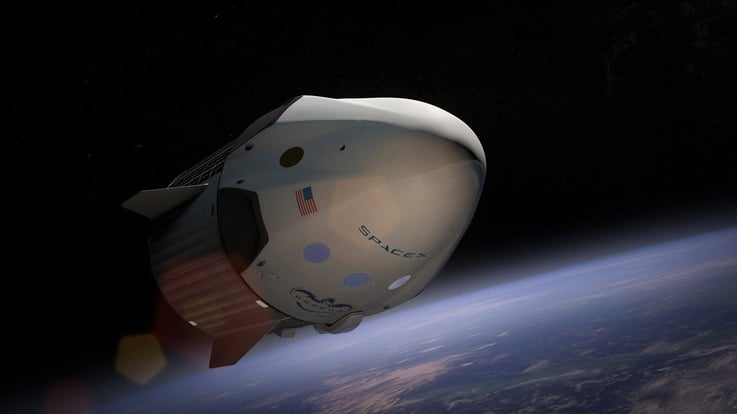 Whispers echoed through the halls as America sat back and anxiously awaited the countdown sequence to begin. Something that is not foreign to the grounds of Cape Canaveral as the missions launched from this historical place are as infamous as they get. The Cold War catapulted our desire for space exploration by starting the space race between the United States and the Soviet Union, and the American desire couldn’t be more alive.
Whispers echoed through the halls as America sat back and anxiously awaited the countdown sequence to begin. Something that is not foreign to the grounds of Cape Canaveral as the missions launched from this historical place are as infamous as they get. The Cold War catapulted our desire for space exploration by starting the space race between the United States and the Soviet Union, and the American desire couldn’t be more alive.
Since the Space Shuttle program eventually came to an end, another chapter of space exploration begins. We now look at something just a little different, and that is a private cooperation is leading the way united with our NASA counterparts. The countdown clock illuminates and flashes from thirty all the way to zero, and we watch SpaceX successfully launch the first set of Americans into space from our soil in almost a decade.
This is a long way from Project Mercury that took place between 1961 through 1963, where we sent astronauts to orbit the earth that collectively gathered 34 hours of weightless flight. All the way to a rocket that helped launch Bob Behnken and Doug Hurley in the Dragon Endeavour Spacecraft to the International Space Station seamlessly land itself on a drone ship. This new era of space exploration will be assisted by technology that is revolutionizing not only safety but the efficiency in which we get there.
The United States has been a staple for space exploration along with our allied partners, but our presence from our soil has been missed. In 1961 President Kennedy gave us a mission to go to the moon and in only 8 years one month and 26 days, the Apollo mission did just that. NASA has run missions ever since until the shuttle program retired. Here are a few more space facts that you may not know.
- The first human to orbit the earth was John Glenn in 1962 aboard the Friendship 7 Mercury Spacecraft.
- The Gemini Program was to see how spacecraft behaved in long orbits and if docking ships were possible and if they could re-enter earth safely.
- NASA selected the name Gemini because its Latin for “twins,” and the capsule was designed for two.
- 1965 Ed White became the first American to walk space
- Apollo 11 commander Neil Armstrong was the human to step foot on the moon
- Apollo 7 was the first live human TV broadcast in 1968
- The ISS was built between 1998 and 2011
- The ISS has continuously housed humans since Nov 2, 2000





